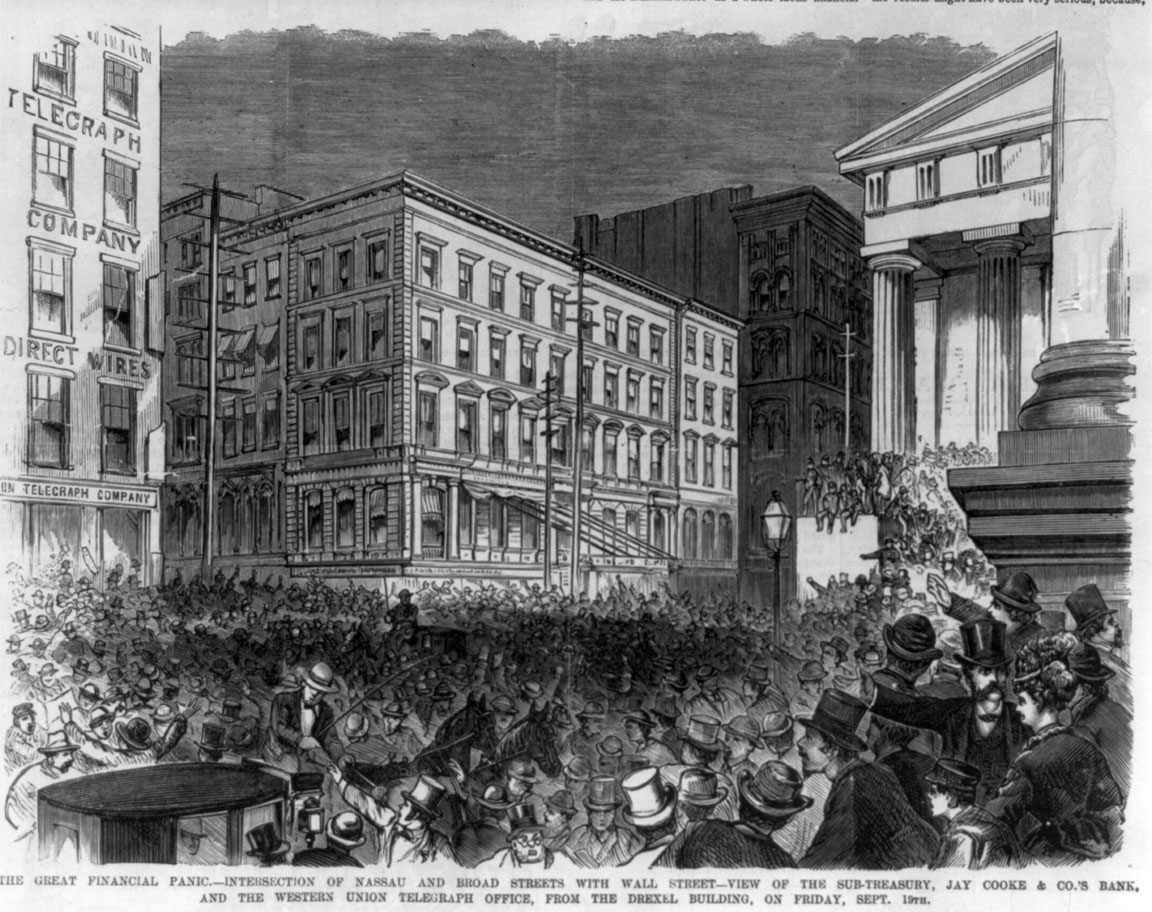 |
| Sydney Poitier (pictured) was the first black actor to win the Academy Award for best actor. |
Wednesday, October 26, 2022
Band of Angels Blog Post
Tuesday, October 25, 2022
EOTO 2 Reactions Blog
For my reaction blog post to our most recent EOTO, I want to write and do some extra research on the first Ku Klux Klan. I've learned about the second and third incarnations of the KKK in the past, but I haven't really learned of their origins.
When people think of the Ku Klux Klan, they most likely think of its second and third incarnations. White pointy hoods and cross-burnings are the most (for the lack of a better word) "iconic" symbols of the Klan. However, the first Klan had neither, and is the most differentiated out of the three incarnations of the Klan.
 |
| 3 arrested Klan Members in uniform in 1871 |
The original Ku Klux Klan was founded by Confederate veterans in 1865 in Pulaski, Tennessee. Obviously, the Klan's core beliefs were in white supremacy, the re-establishment of a whites-only government. However, they lacked the anti-Semitic, anti-immigrant, and anti-Catholic beliefs that would come with later incarnations of the Klan.
Of course, there are many similarities to later incarnations as well. The Klan quickly became deeply entrenched in anti-black in anti-Republican violence in the South. Assaults, murders, arson, lynchings, and voter intimidation were a large part of the Klan's activities.
Another commonality with the second incarnation of the KKK was that the first Klan was very disorganized. Though Nathan Bedford Forrest was elected as the Grand Wizard of the first official leader of the KKK, almost all chapters operated entirely independently.
For the first few years of the Ku Klux Klan, they enjoyed success. The Klan succeeded at suppressing votes for republicans and black leaders in multiple counties during the election of 1869, even though Ulysses S. Grant, a Republican, would win anyway. However, the Grand Wizard Forrest became disenchanted with Klan.
 |
| Nathan Bedford Forrest |
In an interview, Forrest called the clan a "protective political military organization" for the Democratic party. However, in 1869, Forrest called for the Klan to disband as he felt that it had strayed from this purpose, upsetting the peace and safety of the public rather than protecting it. Due to the Klan's independent nature, it would continue to operate against Forrest's wishes until the Ku Klux Klan Act was passed in 1871, which made it difficult for Klan members to operate without criminal punishments.
Wednesday, October 19, 2022
Reconstruction Video Post
The Dawn of the Reconstruction era was a time of massive progress for African Americans. Freed from slavery, many felt that a new age was right around the corner. This enthusiasm made perfect sense; in the early 1870s, it looked like the goal of liberty for African Americans had been almost entirely reached.
.png/330px-Hiram_Rhodes_Revels_-_Brady-Handy-(restored).png) |
| Hiram Revels, a Mississippi Senator, was the first black member of Congress. |
Things had drastically improved outside of legislatures as well. Many former slaves and their children were able to get an education at public schools. Thanks to citizenship, black businesses began to grow as well. Both blacks and whites began to operate farms, blacksmith shops, and other essential businesses. There were even black sheriffs and judges.
Still, things were far from perfect. Many African Americans were subject to attacks from white supremacists. The most infamous white supremacist group, The Ku-Klux-Klan wreaked havoc, not only attacking African Americans who were rising in power, but even whites who supported them. Lynchings, arson, and threats from the KKK were a source of fear and anguish for many.
On top of that, Republican and Northern support for reconstruction in the South began to wane. Some republican congressmen started speaking against black involvement in the government, calling the predominately black government in South Carolina either incompetent, corrupt, or both. This gave way to Democrats taking back control in the South, and eventually, the repealing of important reconstruction acts that improved the lives of African Americans.
The Panic of 1873 also greatly damaged the progress of reconstruction. A massive economic crash turned much of the public opinion against Republicans, who held the majority of government control. The 1874 elections were dominated by Democrats, who promised not only to restore the economy, but to end reconstruction.
 |
| An illustration of Wall Street at the beginning of the Panic of 1873 |
The Reconstruction era was, for a short time, an era of great hope and progress for the civil rights of African Americans. However, the reversal of this progress came quickly, and wouldn't take a turn for the better for decades. One can only wonder how times would be different today if progress had kept marching forward instead of being beaten backward so severely.
Sunday, October 2, 2022
The Amistad Mutiny (EOTO 1)
 |
| Joseph Cinqué |
| Margru, who was given the English name Sarah Kinson |
Gone with the Wind Reflection: Hattie McDaniel
 |
| McDaniel receiving her Oscar |
 |
| Walter White |
Final Discussion Blog
For our final meeting as a class, we had a round-table discussion about the subjects we learned about. I was surprised by the length of the ...
-
In our last class activity, My group and I researched our own topics to teach to the class and then presented them. I taught a short summa...
-
John Brown For our historical figure town hall presentations, I chose to research and present as John Brown. John Brown was a Puritan evange...
-
For our class' fourth EOTO, the case chosen to be presented was Regents of the University of California v. Bakke (1978) . The case had d...

:quality(70)/cloudfront-us-east-1.images.arcpublishing.com/archetype/I5FTR3EQDRFW7PXXCUGHV5GBDQ.jpg)
